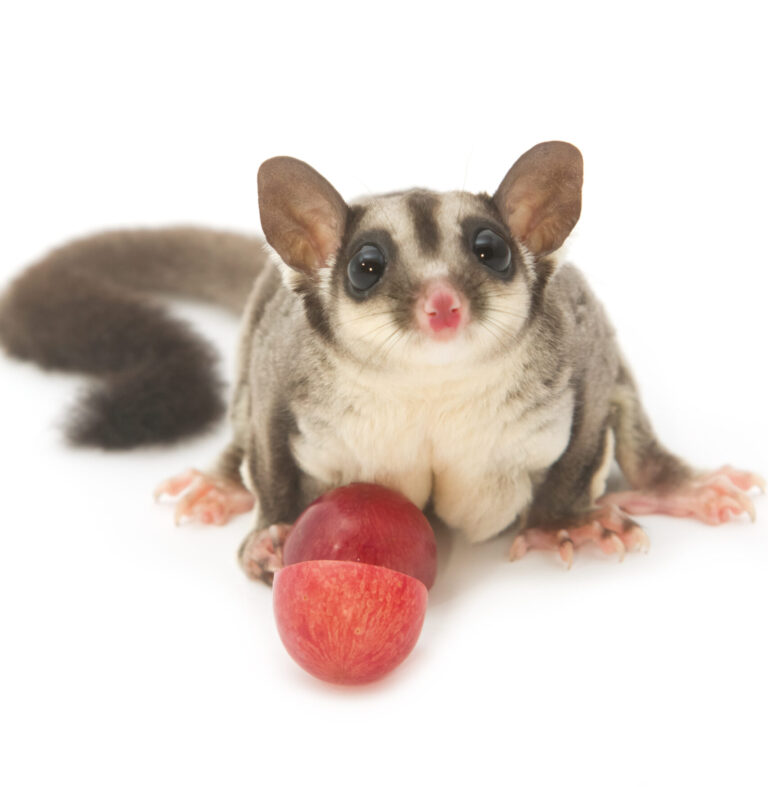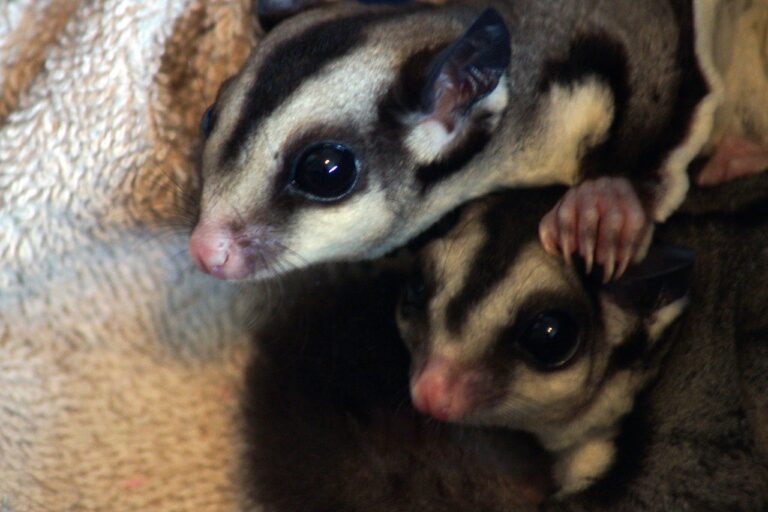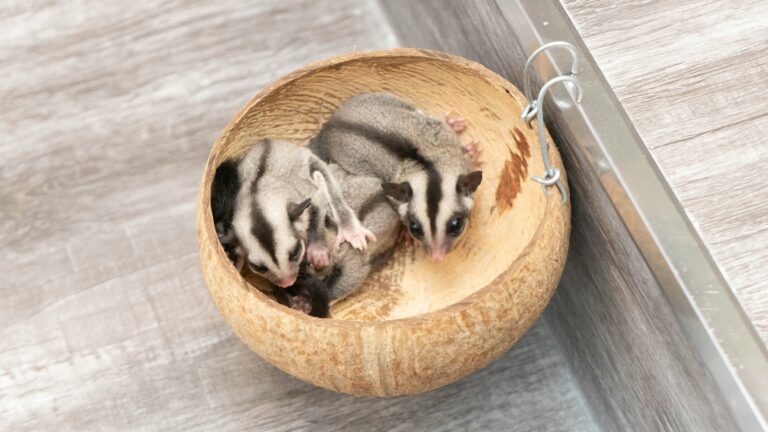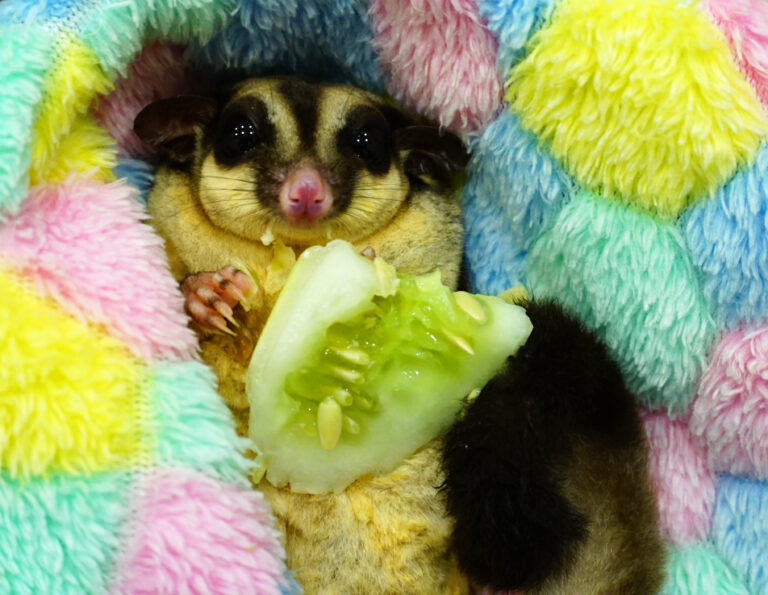What is a Sugar Glider? All about these Exotic Pets
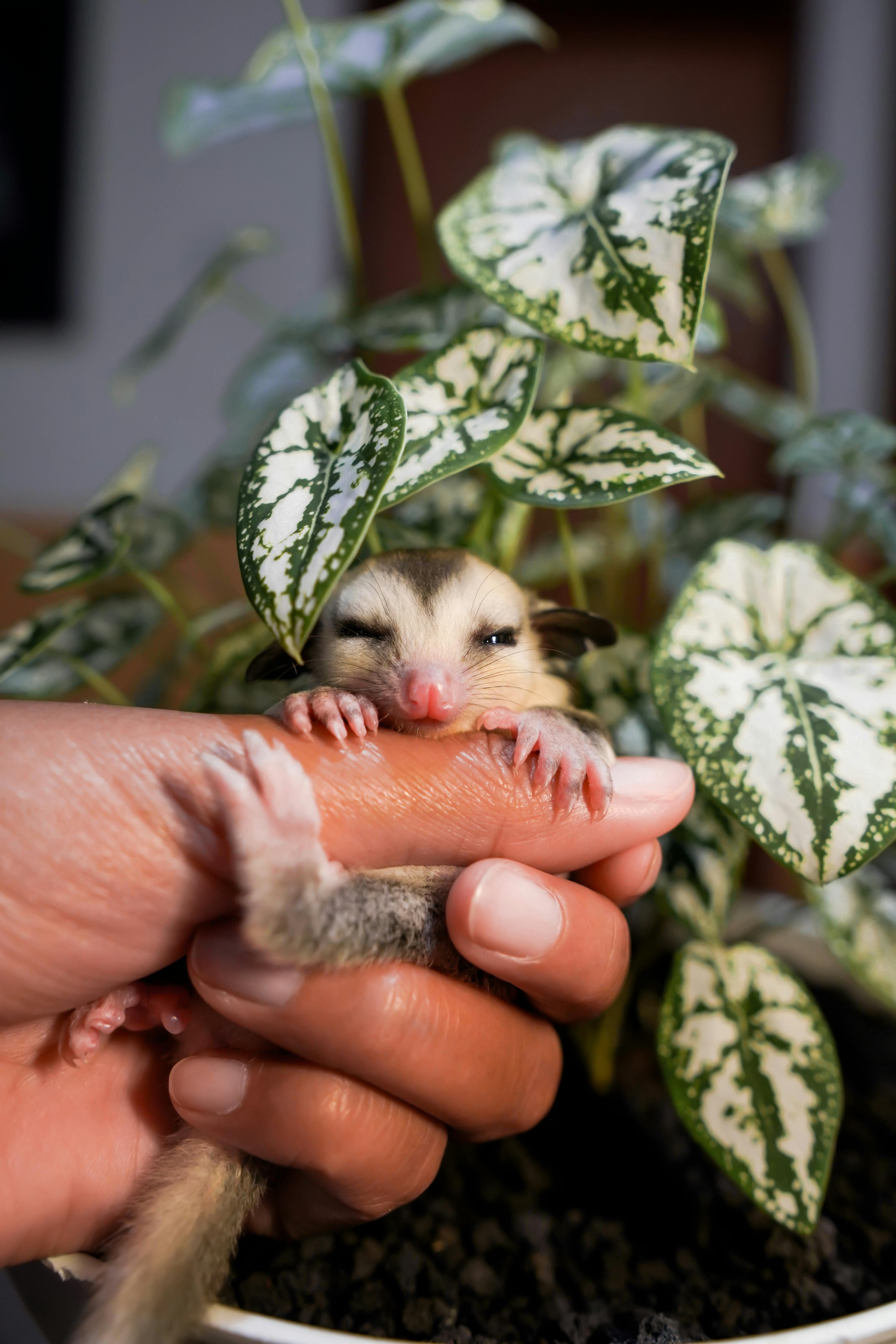
Sugar gliders, small marsupials native to the forests of Australia, Indonesia, and New Guinea, have gained popularity as exotic pets due to their playful nature, social behaviors, and unique features. In this guide, we’ll embark on an in-depth exploration of the captivating world of sugar gliders, covering their origins, natural habitat, distinctive features, care requirements, breeding considerations, legal aspects, and the joys of sharing your life with these unique creatures!
Origins and Natural Habitat
Sugar gliders, scientifically known as Petaurus breviceps, belong to the marsupial family Petauridae. They are native to the lush forests and woodlands of Australia, Indonesia, and New Guinea, where they inhabit a variety of environments, including tropical rainforests, savannas, and eucalyptus woodlands. In the wild, sugar gliders are primarily arboreal creatures, spending much of their time in the treetops, where they forage for food, socialize with other gliders, and seek shelter in tree hollows.
The natural habitat of sugar gliders provides them with ample opportunities for climbing, gliding, and exploring their surroundings. They are nocturnal animals, meaning they are most active during the night, and rely on their keen senses of sight, smell, and hearing to navigate their environment and locate food sources. Sugar gliders are also highly social animals, often forming close-knit family groups and engaging in various social behaviors, such as grooming, play, and communication.
Distinctive Features
Sugar gliders possess several distinctive features that make them unique among small mammals:
Membranous Wings: One of the most remarkable features of sugar gliders is their ability to glide through the air using a membrane of skin called a patagium. This membrane stretches from their wrists to their ankles and allows them to glide effortlessly between trees, covering distances of up to 150 feet. Gliding serves as a means of transportation, escape from predators, and access to food sources in their natural habitat.
Large Eyes: Sugar gliders have large, round eyes that provide them with excellent night vision. Their keen eyesight allows them to navigate through dimly lit environments and detect potential predators or prey.
Prehensile Tail: Sugar gliders have a long, prehensile tail that serves as a stabilizer during gliding and climbing. They can use their tail to grasp onto branches and objects, enhancing their agility and balance.
Fur and Coloration: Sugar gliders have soft, fur-covered bodies with a coloration that varies from shades of gray to brown and cream. Some individuals may also exhibit unique markings or patterns, adding to their aesthetic appeal.
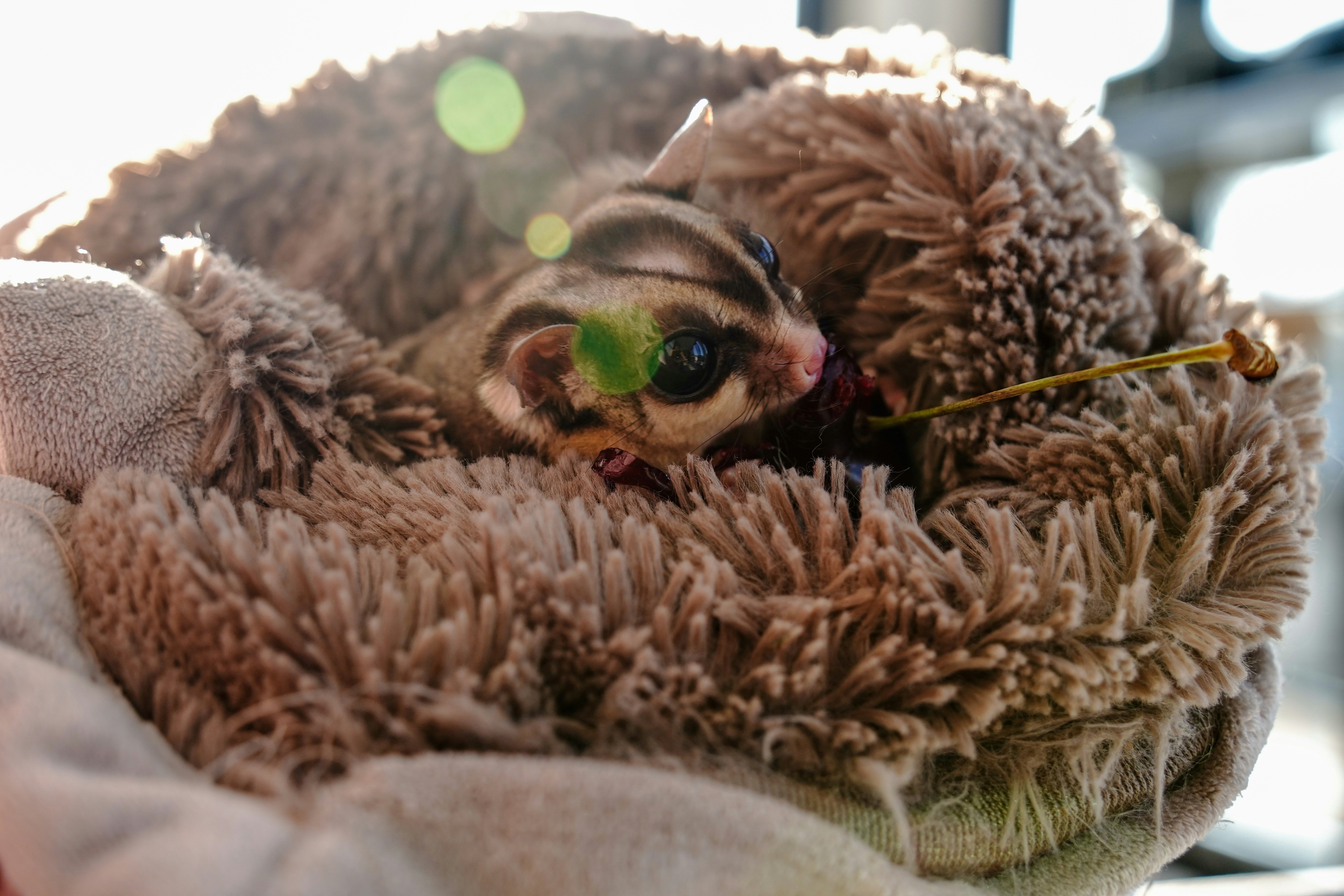
Sugar Gliders as Pets
Sugar gliders have gained popularity as pets due to their playful and affectionate nature, social behaviors, and relatively low maintenance requirements. When properly cared for, sugar gliders can form strong bonds with their owners and provide years of companionship and enjoyment. However, owning a sugar glider is a long-term commitment that requires careful consideration and dedication.
Care Requirements
Providing proper care for a pet sugar glider involves attention to several key areas:
Housing: Sugar gliders require a spacious and enriched enclosure that simulates their natural habitat. The cage should be tall and provide ample vertical space for climbing, as well as horizontal space for gliding. Provide branches, ropes, and platforms for climbing, as well as nesting boxes or pouches for sleeping and nesting.
Diet: A balanced diet is essential for a sugar glider’s health and well-being. Their diet should consist primarily of a nutritionally complete pelleted diet specifically formulated for sugar gliders, supplemented with fresh fruits, vegetables, and occasional treats such as mealworms or crickets. It’s crucial to avoid feeding sugar gliders foods that are high in sugar, fat, or toxic to their species.
Socialization: Sugar gliders are highly social animals and thrive in the company of other gliders. Consider housing sugar gliders in same-sex pairs or small groups to prevent loneliness and boredom. Additionally, spend time bonding with your sugar glider through gentle handling, playtime, and positive reinforcement. It’s essential to establish trust and build a strong bond with your glider to ensure their well-being and happiness.
Veterinary Care: Regular veterinary check-ups are essential for monitoring your sugar glider’s health and detecting any potential health issues early on. Find a veterinarian experienced in treating exotic pets, such as sugar gliders, and schedule annual wellness exams to assess your glider’s overall health and provide preventive care.
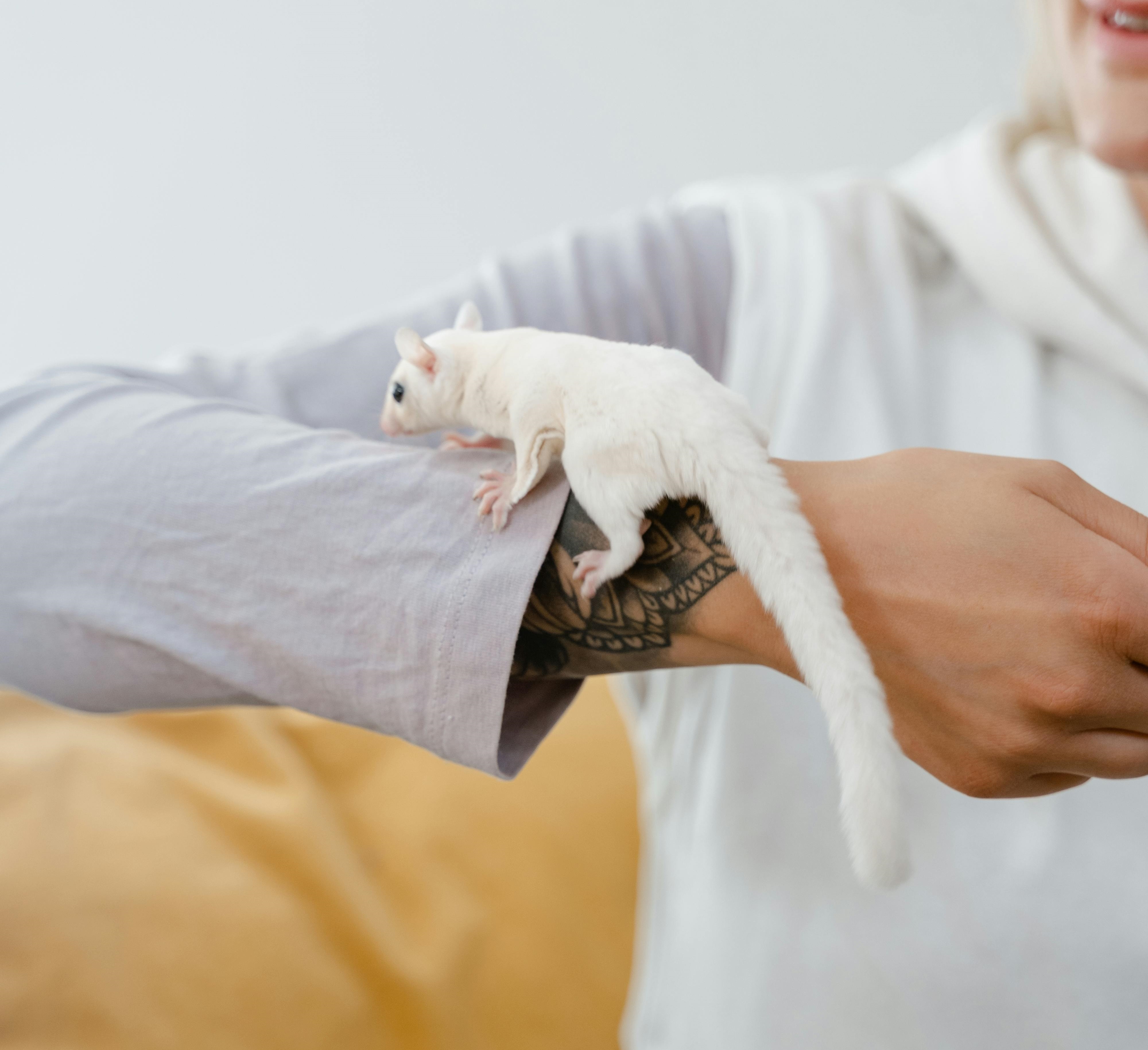
Breeding and Reproduction
Breeding sugar gliders requires careful planning and consideration, as it is essential to ensure the health and welfare of both the parents and offspring. Sugar gliders reach sexual maturity at around eight to twelve months of age, depending on factors such as diet and environment. Female sugar gliders typically have a gestation period of 15 to 17 days, after which they give birth to one to three joeys (baby sugar gliders). The joeys remain in their mother’s pouch for approximately 8 to 10 weeks before emerging and becoming independent. A responsible breeding program involves selecting healthy, genetically diverse individuals with desirable traits and providing appropriate care and nutrition throughout the breeding process. It’s essential to avoid overbreeding and to prioritize the welfare of the animals at all times.
Legal Considerations
Before acquiring a sugar glider as a pet, it’s crucial to research and understand any legal restrictions or regulations that may apply to sugar glider ownership in your area. Some regions have specific laws governing the possession and breeding of exotic animals, including sugar gliders. Familiarize yourself with local ordinances, permit requirements, and ethical guidelines to ensure compliance with legal and ethical standards.
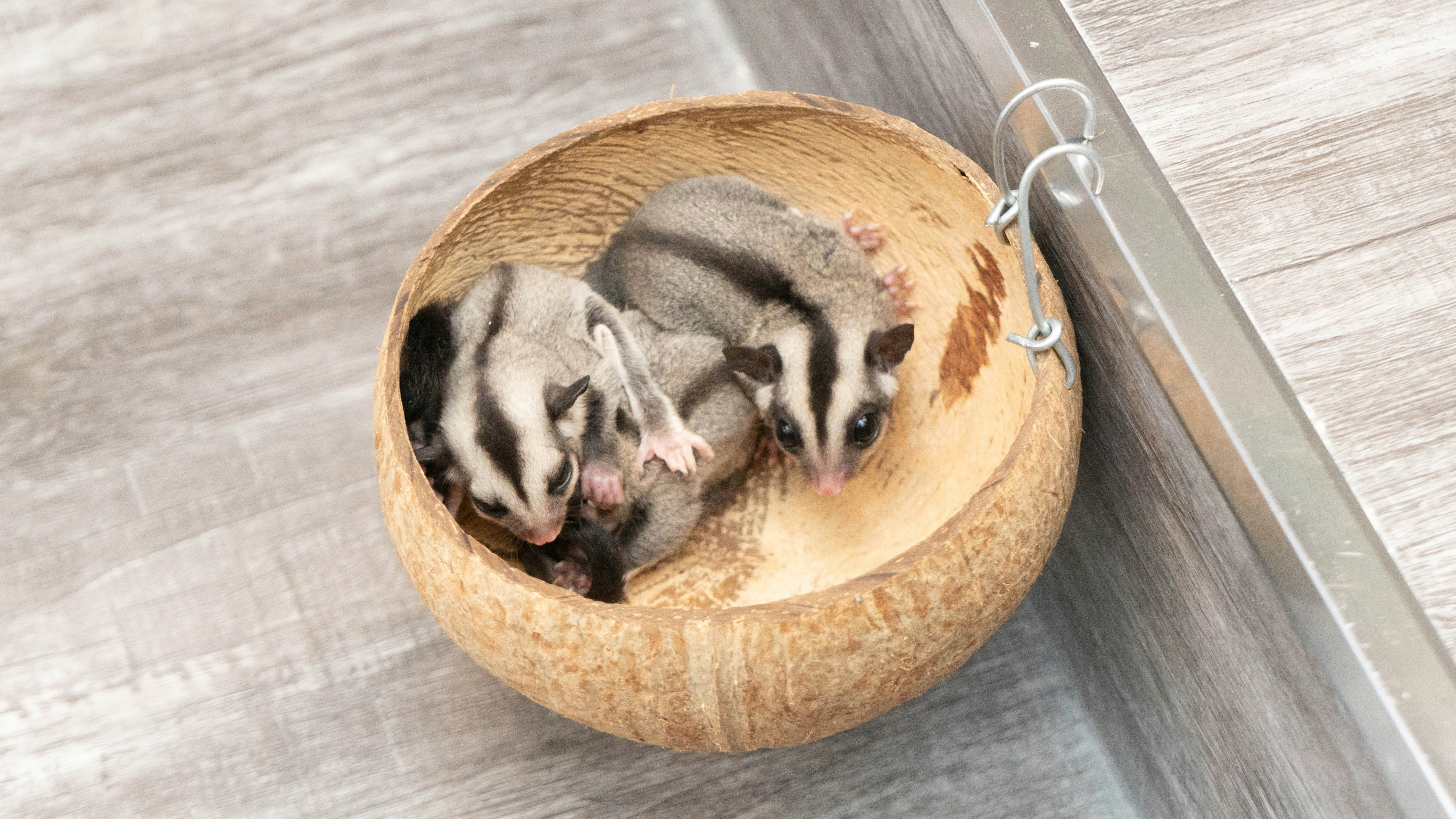
Conclusion
Sugar gliders are fascinating creatures with unique features, and behaviors. Whether admired for their gliding abilities, playful antics, or affectionate nature, sugar gliders have earned a special place in the hearts of pet enthusiasts worldwide!
By understanding their natural habitat, distinctive features, care requirements, breeding considerations, legal aspects, and the joys of sharing your life with these enchanting creatures, prospective sugar glider owners can embark on a rewarding journey of companionship and discovery. With proper care, love, and attention, a pet sugar glider can bring joy, laughter, and endless cuddles into your life for many years to come. Remember, sugar gliders are not just pets—they are cherished members of the family, deserving of the best care and attention possible.

